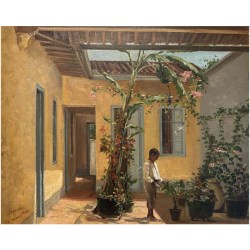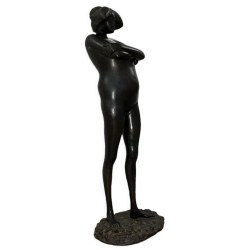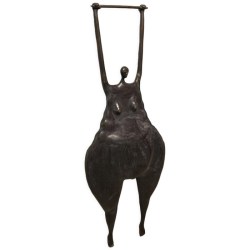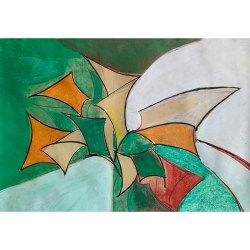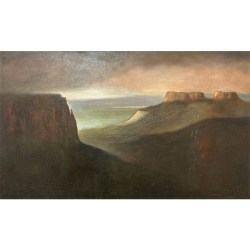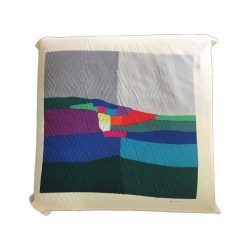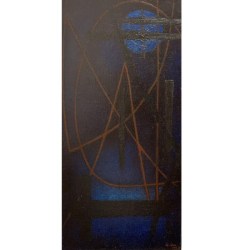Bio
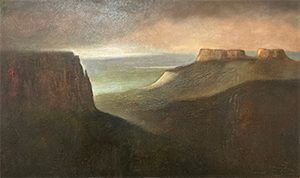
Painter and filmmaker. Son of Miguel Ángel Hurtado and María de Hurtado. He participated for the first time in a collective exhibition at the age of 18, with José María Giménez and Octavio Alvarado. While he was in high school, he moved to Caracas and, in 1946, with a scholarship from the ME, he enrolled in the School of Plastic and Applied Arts. In 1949 he received the prize for students of plastic arts in the X Official Salon. The following year he obtained second prize at the VIII Arturo Michelena Hall with Tres Árboles, and joined the Taller Libre de Arte.
His work moves from a rhythmic geometric abstractionism to an organic abstractionism, which later becomes expressionist. His pieces are oriented towards a graphic design that he would later develop in Paris, in 1954, under pictorial forms articulated around the dynamic game of black bars that stand out against a transparent and gloomy nocturnal atmosphere. He continues to send his works to national halls, where he obtained several awards. In 1959 he traveled to Washington, exhibited at the Pan American Union, and returned to Venezuela. At this stage his works had a gestural character typical of abstract expressionism. In 1961 he made Espacio Sidereal, with which he won the National Painting Prize at the XXII Official Hall. Professor of painting, drawing and photography at the Cristóbal Rojas School and film journalism at the UCV, he also directed the Film Department of the National Television of Venezuela.
In 1964 he returned to Paris, where he stayed for six years; from then on his work acquires full maturity in the use of technique and expression. The predominant motifs during this stage are the sphere, the cosmic rhythm of the seasons and infinite space, expressed through dense impastos of paint and collage to enrich the texture and highlight the presence of matter as the primary theme. Since 1967 he began to make collages with cuttings of reproductions of works by the great masters, as composition exercises that the artist calls "divertimentos". Between 1970 and 1995 he settled in the United States and worked as head of the Audiovisual Unit of the Museum of Modern Art in Latin America (OEA, Washington).
Hurtado returned to Venezuela in 1995 and settled on the island of Margarita (Nueva Esparta State), with brief stays in Caracas, while maintaining his workshop in the United States. Parallel to his work as a painter, Hurtado has also dedicated part of his talent to making films and audiovisual materials, including several documentaries on Venezuelan artists such as Vibrations (on Jesús Soto, 1959) and short films such as Metamorphosis (1964).
Select Awards:
- 1959 | John Boulton Award, XX Official Hall.
- 1960 | Armando Reverón Award, XXI Official Hall / Drawing Award, "Second National Exhibition of Drawing, Engraving and Monotype", Faculty of Architecture and Urbanism, UCV.
- 1961 | National Painting Award, XXII Official Hall.
- 1967 | Federico Brandt Award, XXVIII Official Hall.
SOURCE: Vereda (translated)


